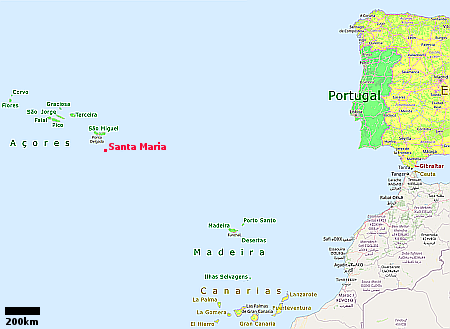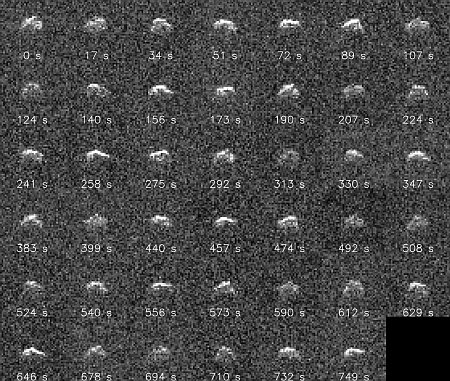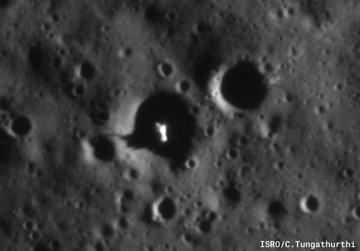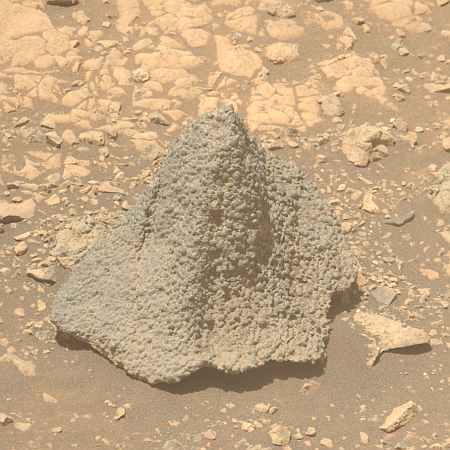SpaceX completes two launches, reaching 100 successful orbital launches in 2025
Having successfully completed two Starlink launches last night, putting a total of 52 satellites into orbit, SpaceX has now accomplished 100 successful orbital launches in 2025.
First, in the early evening last night the company launched 24 satellites from Vandenberg in California, its Falcon 9 rocket first stage completing its fifth flight, landing on a drone ship in the Pacific.
Seven hours later it placed another 28 Starlink satellites into orbit, its Falcon 9 rocket lifting off from Cape Canaveral in Florida. The first stage on this flight completed its tenth flight, landing on a drone ship in the Atlantic.
The leaders in the 2025 launch race:
100 SpaceX
44 China
11 Rocket Lab
9 Russia
SpaceX now leads the rest of the world in successful launches, 100 to 77.
SpaceX’s launch rate has become so routine that it is important to note the truly amazing nature of its achievement. Until 2018, the entire world had trouble completing 100 launches in a year. In fact, prior to SpaceX’s arrival it only happened because the Soviet Union in the ’70s and ’80s launched many short term small reconnaissance satellites that only stayed in orbit for a few months. When the Soviet Union fell the launch rate fell below 100 and did not recover until SpaceX began increasing its launch rate.
In other words, this one American private company has fueled a renaissance in space exploration. And it has done so by being efficient, innovative, and most important of all, profitable. And it all happened under the banner of freedom.
Having successfully completed two Starlink launches last night, putting a total of 52 satellites into orbit, SpaceX has now accomplished 100 successful orbital launches in 2025.
First, in the early evening last night the company launched 24 satellites from Vandenberg in California, its Falcon 9 rocket first stage completing its fifth flight, landing on a drone ship in the Pacific.
Seven hours later it placed another 28 Starlink satellites into orbit, its Falcon 9 rocket lifting off from Cape Canaveral in Florida. The first stage on this flight completed its tenth flight, landing on a drone ship in the Atlantic.
The leaders in the 2025 launch race:
100 SpaceX
44 China
11 Rocket Lab
9 Russia
SpaceX now leads the rest of the world in successful launches, 100 to 77.
SpaceX’s launch rate has become so routine that it is important to note the truly amazing nature of its achievement. Until 2018, the entire world had trouble completing 100 launches in a year. In fact, prior to SpaceX’s arrival it only happened because the Soviet Union in the ’70s and ’80s launched many short term small reconnaissance satellites that only stayed in orbit for a few months. When the Soviet Union fell the launch rate fell below 100 and did not recover until SpaceX began increasing its launch rate.
In other words, this one American private company has fueled a renaissance in space exploration. And it has done so by being efficient, innovative, and most important of all, profitable. And it all happened under the banner of freedom.











